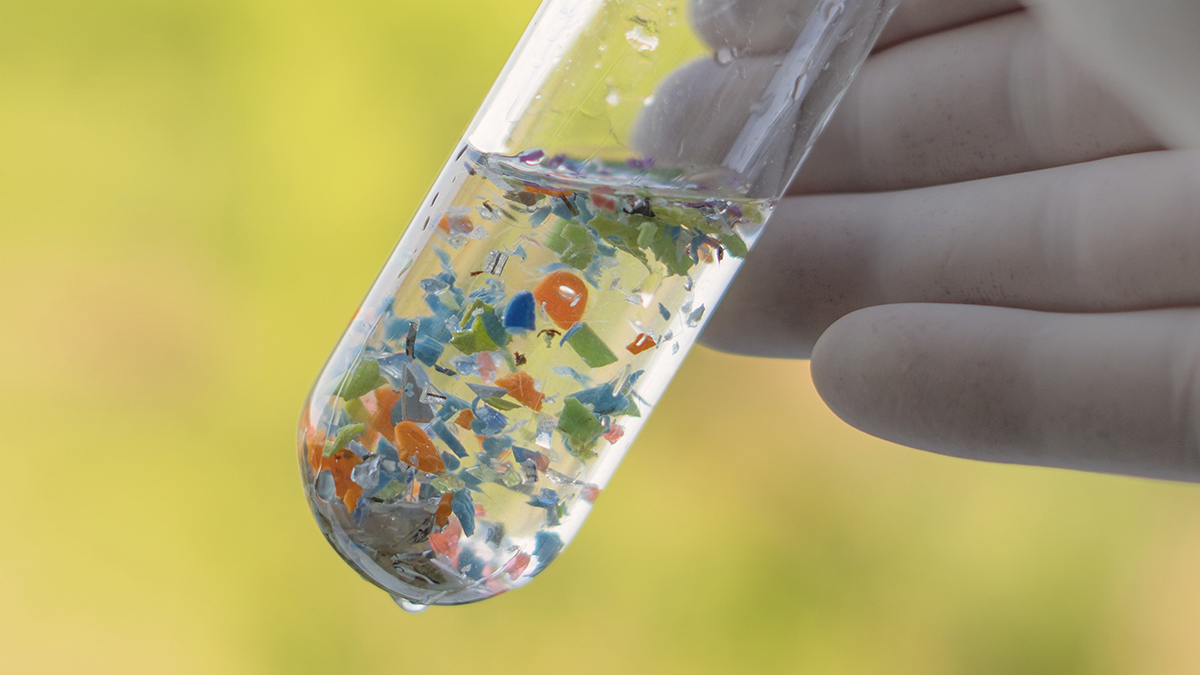Scientists are hard at work trying to assess the scale of our microplastic pollution problem and the likely health impacts. A new study now identifies several downstream health risks these tiny plastic fragments may pose as they traverse the…
Microplastics Can Spread Dangerous Pathogens, Scientists Warn : ScienceAlert
